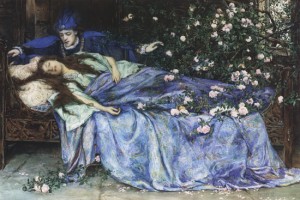SUNDAY, 9 JANUARY 2011
In particular, there are feedback loops in the brain that are common to all three phenomena. For instance when a dose of anaesthetics is administered, a patient may enter a period of “paradoxical excitation” before becoming unconscious. This excitation is characterized by purposeless movements, euphoria or dysphoria. Drugs that help people sleep may trigger a similar response and, more surprisingly, have been shown to restore communication and behavioural responsiveness in patients with severe brain injuries. Together, these disparate observations suggest that neural pathways ascending from the brain stem and basal forebrain converging with descending pathways from the frontal cortex are common to sleep, anaesthesia and the comatose state.The authors of the review further explain that during induction and emergence from general anaesthesia, a patient enters conditions functionally equivalent to brain-stem death, vegetative and minimally conscious states. Recognizing these important similarities may offer insights into sleep abnormalities and the use of general anaesthesia, but will be especially important in understanding the process of recovery from coma.
Written by Robert Jones

